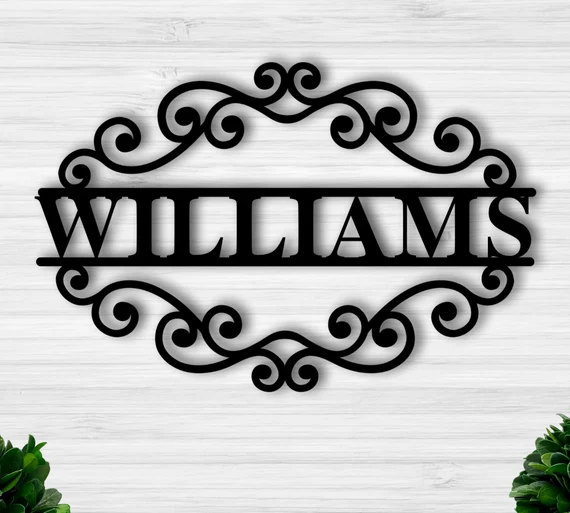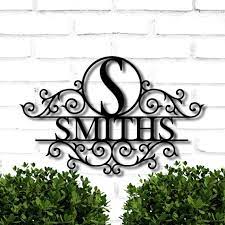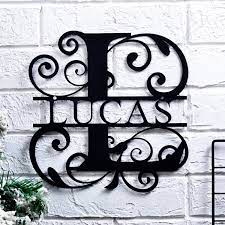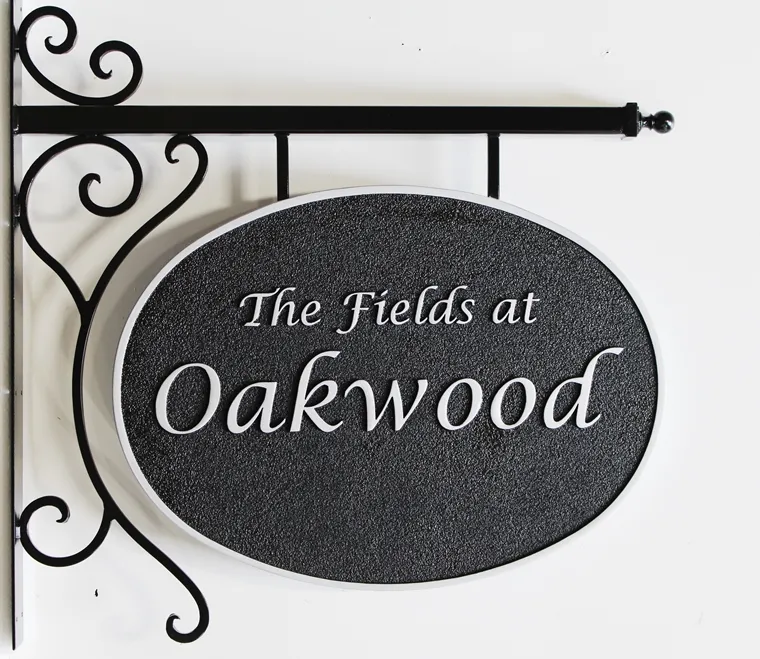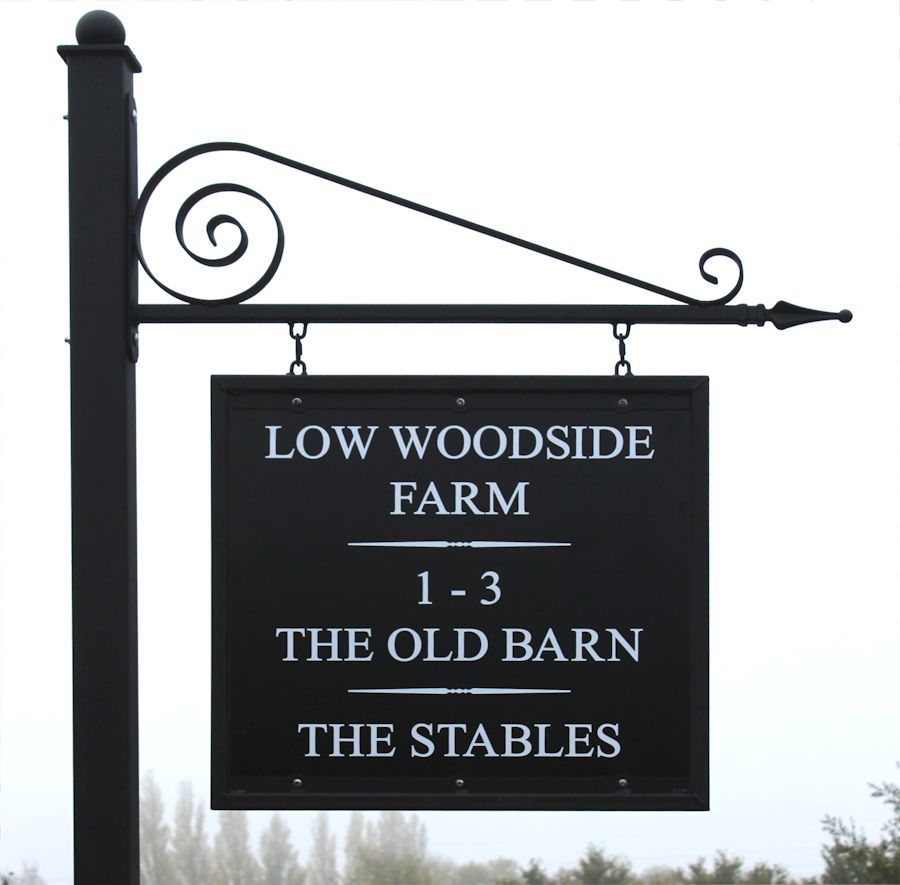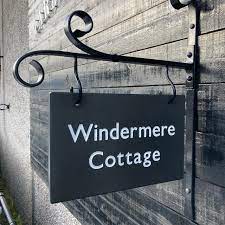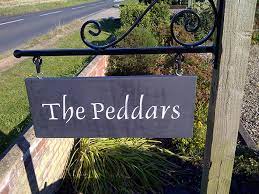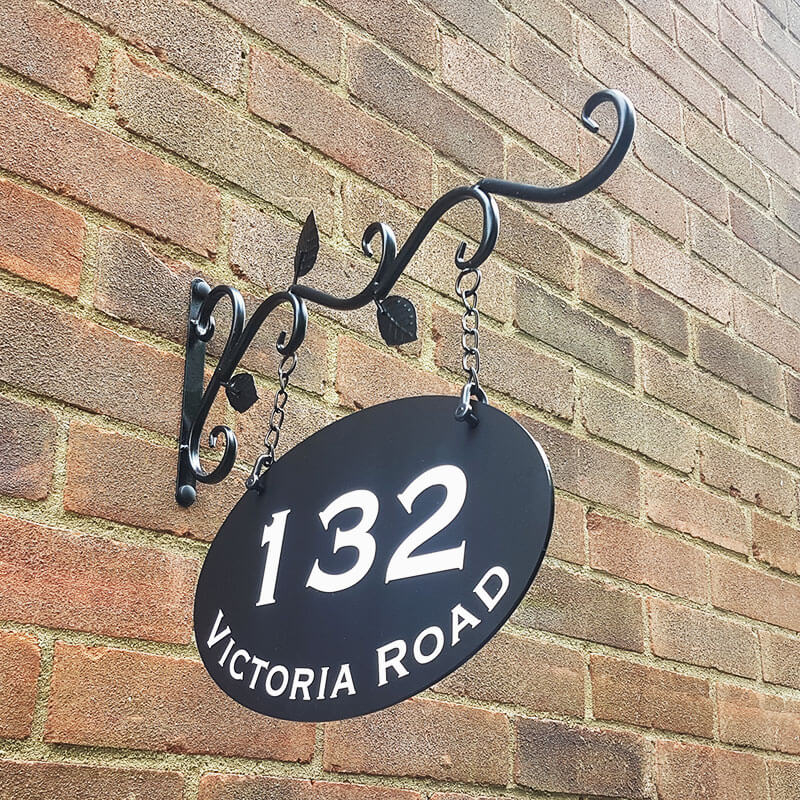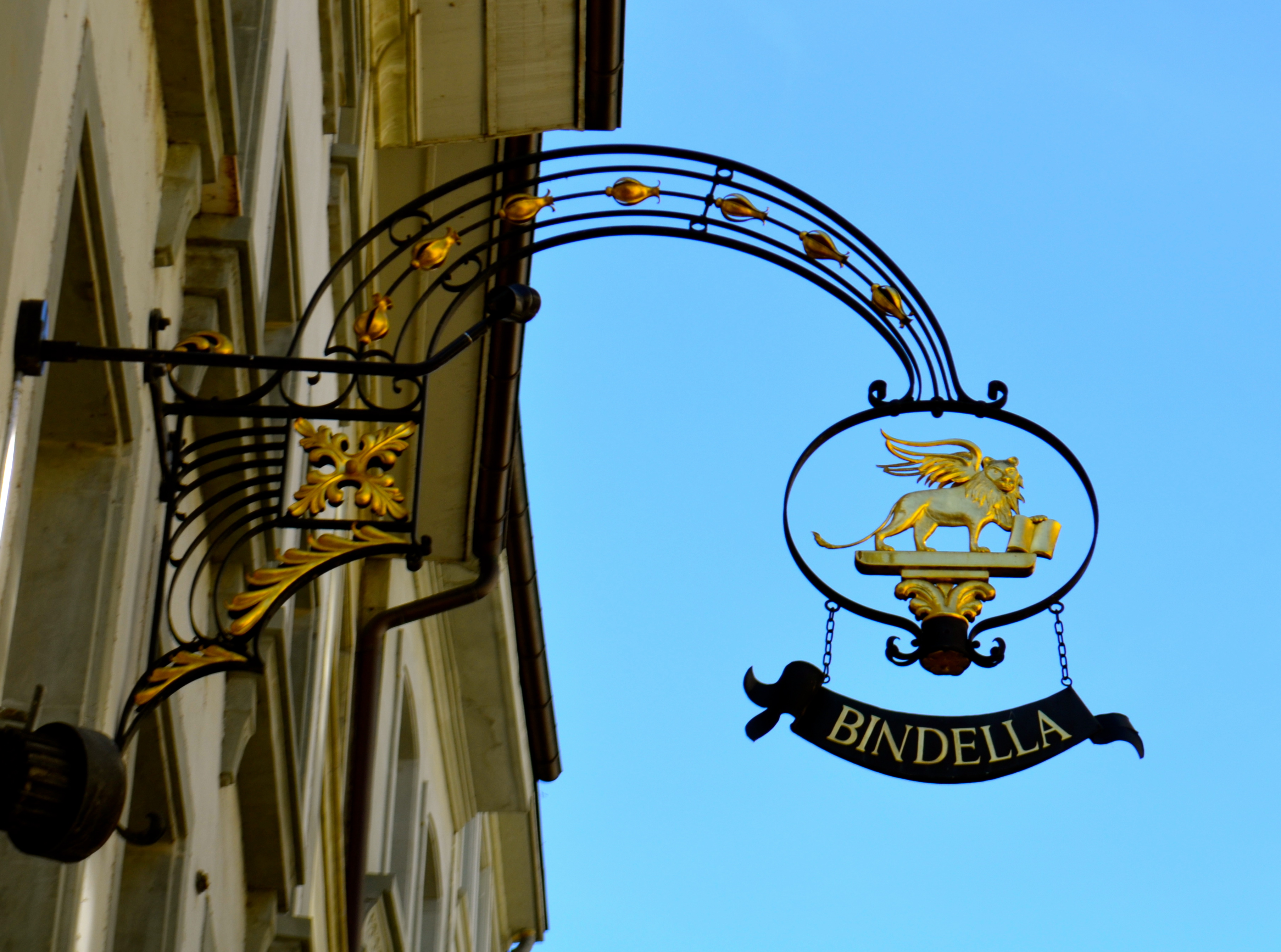About Wrought Iron Signs
Signs and sign holders play a crucial role in guiding people and showcasing information in various settings. From shopping centers and downtown areas to hospitals, universities, stadiums, museums, and cities, they help keep individuals on track. While primarily designed for office and commercial displays, signs can also be utilized for outdoor home decor, serving as welcoming gestures and displaying the artistic taste of homeowners
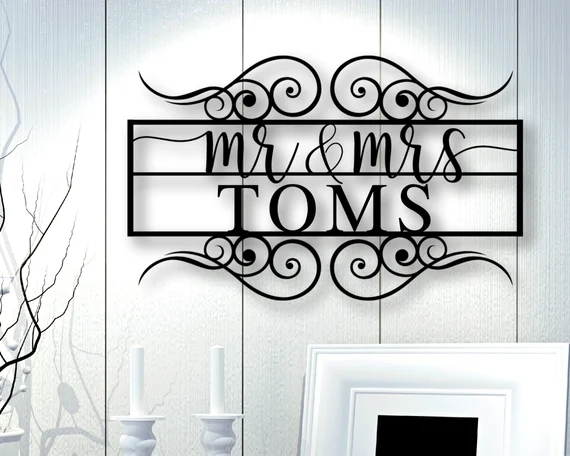
- Wrought iron signs are elegant and durable displays that serve both practical and decorative purposes.
- Crafted from sturdy iron, they find applications in shopping centers, offices, and even homes.
- These signs guide visitors and display vital information while adding a touch of artistic flair to the surroundings.
- With their timeless appeal and fine craftsmanship, wrought iron signs are ideal for enhancing the aesthetic appeal of any space.
- Their versatility makes them suitable for various settings, from busy commercial areas to cozy residential environments.
- Wrought iron signs are a classic and reliable choice for showcasing creativity and directing people with style.
